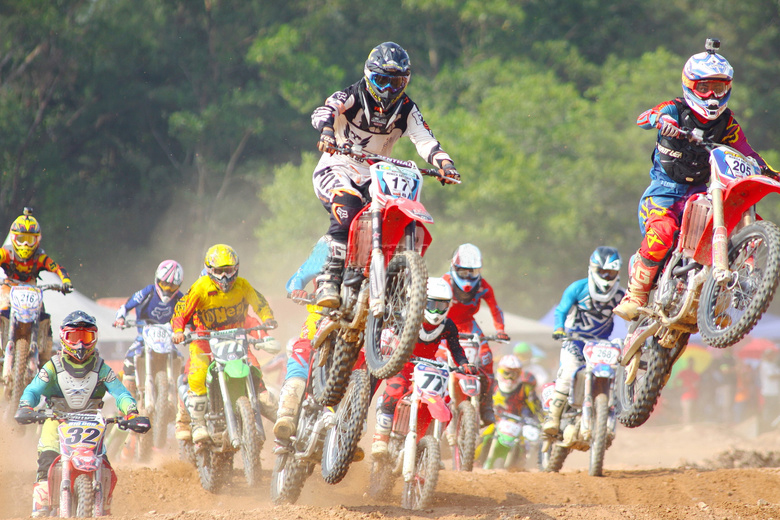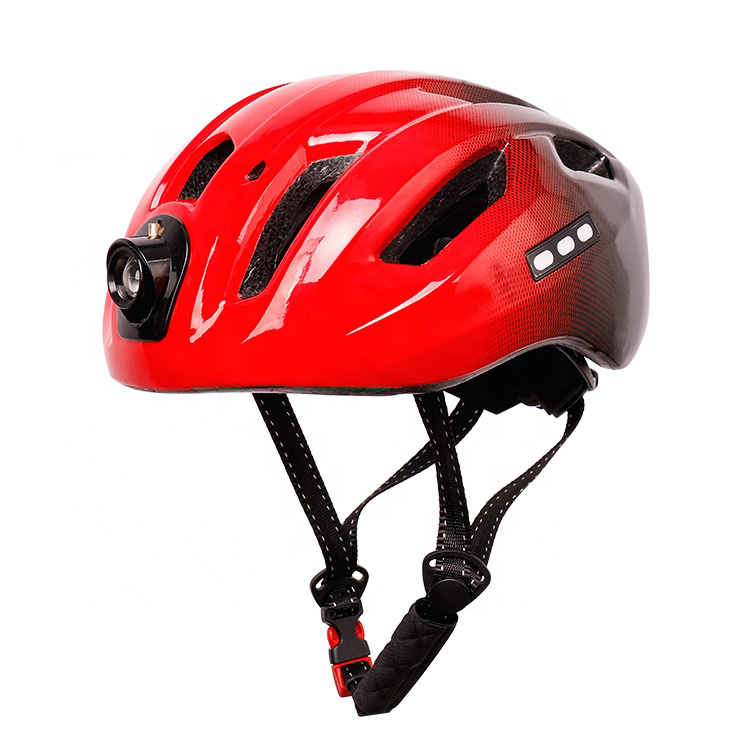History of bicycle helmets is surprisingly short, covering mostly the last decade of 20th century and with very little attention given to cyclist safety before that point. The reasons why so little people were focused on cyclist safety were numerous, but some of the most important ones was lack of technology that could create helmet designs that could enable free airflow across the head of the cyclist and the safety promotion that placed very little focus on health of the cyclist. All those points collided in full during 1970s when some drivers started to use modified helmets of motorbike drivers. However, those initial helmets protected the head using full-plated design that prevented cooling off of the head during long drives. This introduced head overheating problems, and the materials that were used were heavy, inefficient and offered low protection in cases of hard crashes.
Fit ommercially successful bicycle helmet was created by Bell Sports under the name “Bell Biker” in 1975. This helmet created from polystyrene-lined hard shell went through many design changes, with 1983 model named “V1-Pro” managing to get a lot of attention. However, all those early helmet models provided very little ventilation, which was fixed in the early 1990s when first “in-mould microshell” helmets appeared on the market.
Popularization of bicycle helmets was not an easy task, and all sporting agencies received much resistance from professional cyclist who did not want to wear any protection during official races. First change happened in 1991 when the largest cycling agency “Union Cycliste Internationale” introduced compulsory use of helmets during some of its official sporting events. This change was met with very strong opposition that even went so far that cyclist refused to drive 1991 Paris–Nice race. During that entire decade, professional cyclist resisted to wear bicycle helmets on regular basis. However, change arrived after March 2003 and the death of Kazakh cyclist Andrei Kivilev who fell from his bike in Paris–Nice and died from his head injuries. Immediately after that race, strong rules were introduced into professional cycling, forcing all participants to eventually wear protective gear (of which the most important part was the helmet) during entire race.
Today, all professional bicycle races are requiring their participants to wear protective helmets. Helmets are also regularly used by people who drive mountain bikes in harsh terrains, or BMX trick performers. Drivers of regular road bicycles are rarely using any form of protective gear.
Post time: Jul-26-2022






